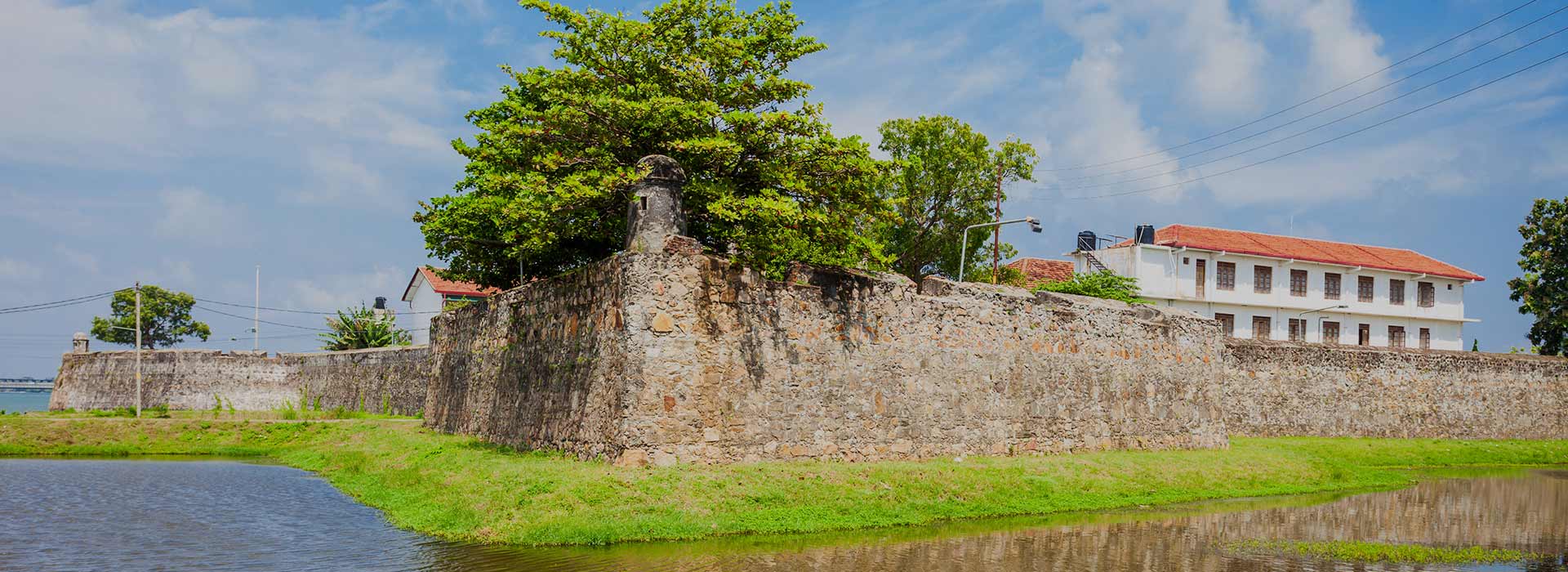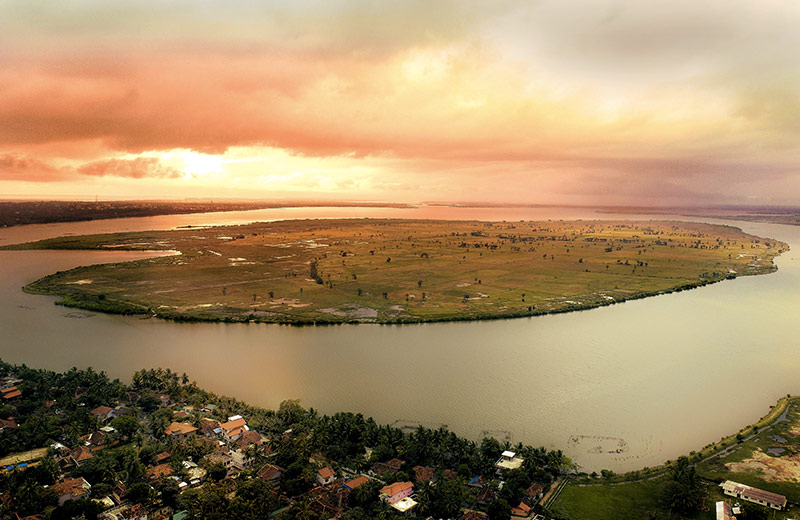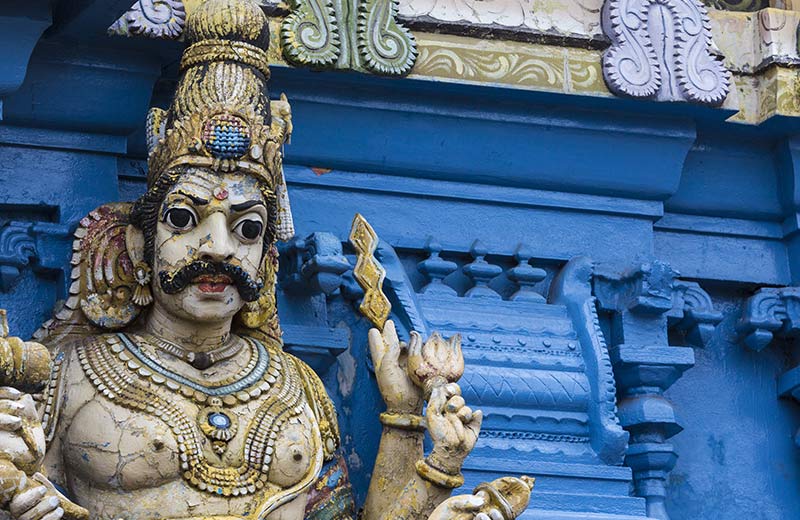Batticaloa Dutch Fort
As a country that had been repeatedly colonised, Sri Lanka’s architecture from the past few centuries is a bit of a mix-and-match of various cultures. This includes the Batticaloa Dutch Fort, located approximately 40 minutes from Pasikuda.
The Beginnings
The fort was originally built by the Portuguese in 1628 and used as an administrative centre. It was established on a small island, with the fort protruding into one of the swamps of the Batticaloa Lagoon, which borders it. It was later captured by the Dutch 10 years later. Over a century passed before the fort, again, switched hands and was taken over by the British in 1745.
Present-day Fort
Today, the fort still stands strong, though arguably not as formidable as it used to, and houses a few government departments within it. The fort has four bastions, with the Batticaloa Lagoon and two canals on either side of its walls.
The location of the fort also holds some religious significance, as indicated by the Ruhuna era stupa that remains on its premises. The stupa, which has been traced back to the 1st century B.C.
The Batticaloa Dutch Fort took some damage during the 2004 tsunami, which battered its fortifications and outer structure; and over the years, sea erosion has certainly taken a toll on it. Despite this, surrounded by the lulling lagoon and lush greenery, it still stands as a marvellous piece of architecture reminiscent of times gone by, ramparts, canons and all!
Promising you open views of the coast and some truly astonishing dated monuments, the Batticaloa Dutch Fort is a must-see for any history enthusiast!



